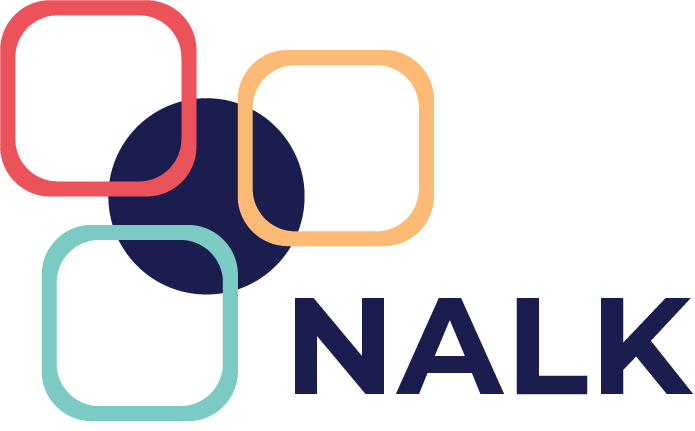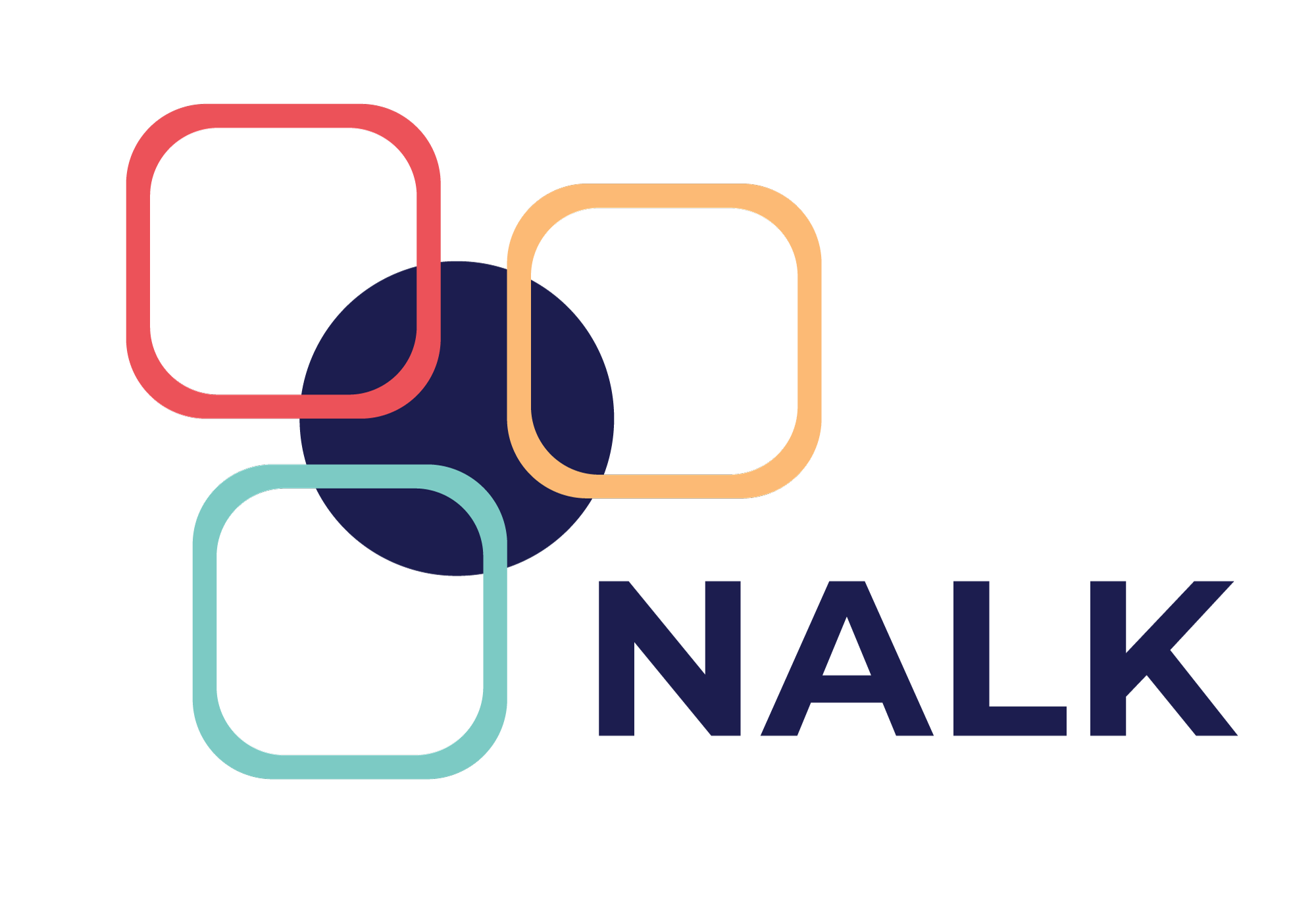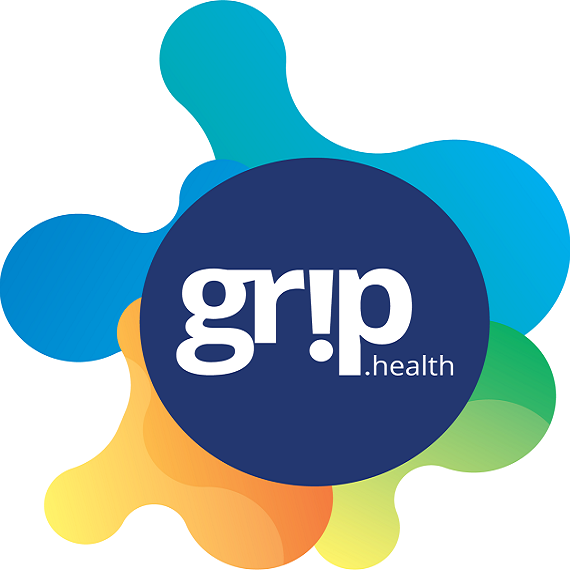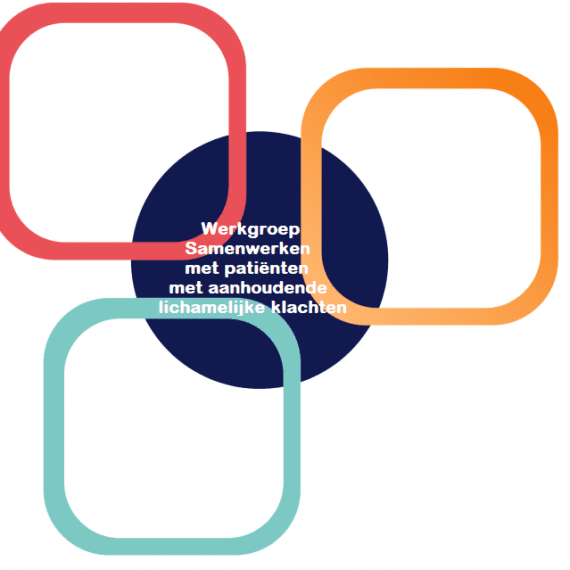This toolkit provides some useful resources that can be used when establishing or implementing change in a collaborative care network (CCN) in the care of people with persistent somatic symptoms (PSS) and functional disorders (FD), or a collaborative care network (CCN).
The toolkit includes results of in-house scientific research, methods used and other useful resources. The toolkit provides materials adaptable to the unique context of the network.
This toolkit complements the thesis “Collaborative care networks for the treatment of persistent somatic symptoms and functional disorders” [Link to thesis shall be added when available].
Both the thesis and the toolkit are built around Grol and Wensing’s ‘Implementation of Change’ model (see ‘Improving Patient Care – The Implementation of Change in Health Care’ edited by Michel Wensing, Richard Grol and Jeremy Grimshaw). This model is based on several other implementation models and brings together the key steps of the process. A fundamental point made by the authors is: “Neglecting steps creates the illusion of speed, but rarely leads to good results.” Therefore, I recommend reading through what each step entails and following the process step by step. If you are looking for more depth, I recommend reading the book Improving Patient Care, especially chapter 3.
Grol & Wensing’s model consists of seven main steps:
1. Developing the proposal for change
The first step involves suggesting a proposal for change, which should be concrete and feasible. Such a proposal should meet the needs of the target group, be usable and readily available, and have an attractive design. For successful adoption, the proposal should have more advantages than disadvantages for users, be in line with the values on which patient care is already based, be understandable and the implementation process should be seen as feasible and not too difficult. It should be possible to experience what the proposal would look like in a risk-free way through a pilot or test, with the possibility to see how this pilot would work on a larger scale.
[Link to chapter will be published once dissertation is available in back library].
2. Analysis of actual performance, targets for change
This step focuses on the assessment of current care provision. The assessment includes understanding and assessing the type of care and to what extent it fits the proposal for change. With this assessment in mind, it is important to identify what the key changes in will be if the proposal is implemented.
What do CCNs for PSS/FD look like?
Included here are the results of a systematic review into the structures and processes of previous CCNs for PSS/FD on which has been published. I mention the process we followed, the search strategy for the review, the results table) and the final published article.
What are patients’ experiences and preferences in multidisciplinary PSS/FD care?
The results of a cross-sectional study on the experiences of and preferences for interprofessional care for patients with PSS/FD compared with experiences and preferences of healthcare professionals are included here. Included are links to the process we followed (the pre-registration), the syntax used for data analysis, the results tables and the published article.
Also included are three related studies, two from the ARISE project (one aimed at healthcare professionals working with people with PSS and one aimed at people suffering from PSS), and a study on healthcare professionals’ experiences and perceptions of care and what needs to improve.
Related relevant articles:
How can a CCN for PSS/FD be assessed for quality?
Included here are the results of a modified Delphi study that identified the key quality indicators for a CCN for PSS/FD. This module of the toolkit shows: the process we followed (the pre-registration), citations to the top 10 indicators to illustrate the practical significance of the indicators, the full list of all 46 identified quality indicators, and the published article.
3. Problem analysis target group and setting
This step focuses on analysis of the context in which the change is to take place. This includes understanding the target group and its relationship with those proposing the change, as well as the barriers and facilitators to this change.
Identifying barriers
Here are included to the results of two studies. The first study looks at barriers and solutions to interprofessional collaboration between primary and secondary care in the context of care for PSS/FD. The second study looks at strategies to improve the implementation of CCNs for PSS/FD by devising solutions to barriers to implementation. Two further studies are included that identify barriers and facilitators to implementation of interventions for PSS/FD: one in primary care and one in both primary and secondary care .
Barriers and solutions to interprofessional collaboration:
Here is the process followed (in the form of the scripts for the sessions), the main results, and the published paper.
Strategies for implementation of collaborative care:
In this part of the toolkit, a link is included in the toolkit to understand the process followed (the pre-registration) and the moderators’ manual, explaining the tasks of moderators. The main results (in the form of an alluvial diagram) are also included, with the different strategies to implement CCN for PSS/FD. The alluvial diagram shows the relationship of each strategy to the barriers and other strategies. Also available is the full list of barriers to implementing CCN for PSS/FD and the published paper.
4. Development and selection of strategies and measures to change practice
Once the various elements of the context in which change is to be implemented is clear, the next step is to develop the strategies that could be used in implementation. A number of strategies can be used, but this will depend on the context: what is already in place, and what is likely to be effective in this particular environment and with these particular individuals involved?
Identify solutions and strategies – see explanations and documents in step 3
5. Develop, test and execute implementation plan
This step focuses on defining the implementation plan, including timelines, division of tasks/responsibilities and communication of the plan. This is likely to include (pilot) testing with (parts of) the target group. It is important to involve the target group in this process, both in developing the plans and in communicating them.
Develop and implement a plan
What was done here was to conduct a participatory action research (PAR). The process and results are described in the published article. Separately, the main objectives in this action research and the actions taken are included. Also included is a link to better understand the process followed, a template used to briefly and concretely describe objectives and action plans, and a draft agenda for the meetings. A link to the website of the network in which this research took place is also available.
Link to completed targets
6. Integrating changes in routine care
It is important that implemented changes become part of routine care through a process of normalisation, to avoid relapse into old ways of working. This is a common problem when there is withdrawal of support, such as a change manager or research team. Specific measures may be needed, such as additional resources, appropriate information technology or system changes.
See explanations and documents in step 5.
We also recommend chapter 10 of “Improving patient care” (edited by Michel Wensing, Richard Grol and Jeremy Grimshaw).
7. (Continuous) evaluation and (where necessary) adjustment of plan
The final step is to ensure a system for continuous evaluation of the results and any changes in the implementation plan. It is important to check whether the goals have been achieved and whether different aspects of the implementation plan are working or not. Another advantage of this evaluation process is that it provides data that can be useful for other implementation projects.
See explanations and documents in step 5.
Link to chapter will be added once thesis is available in the back library












